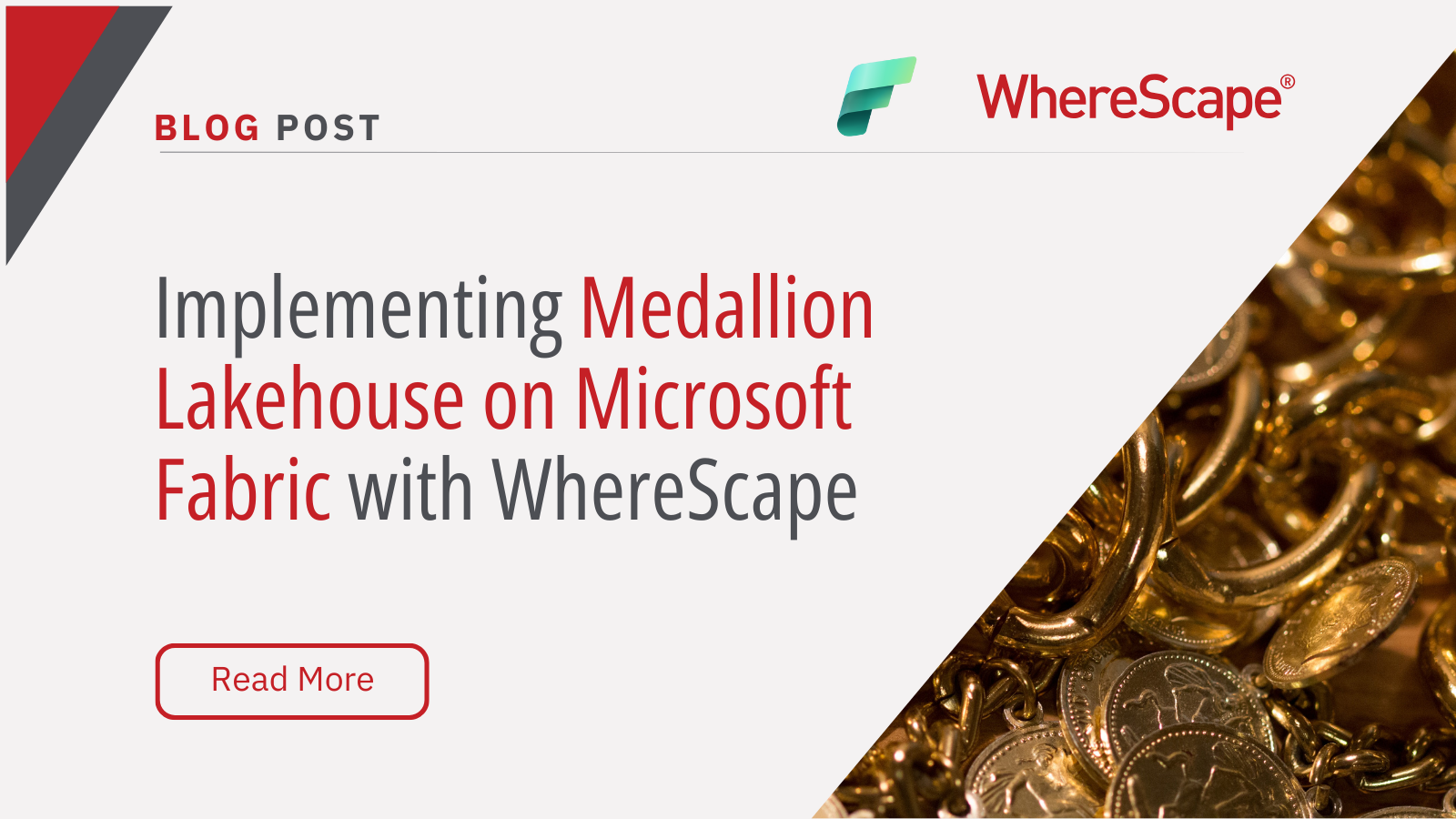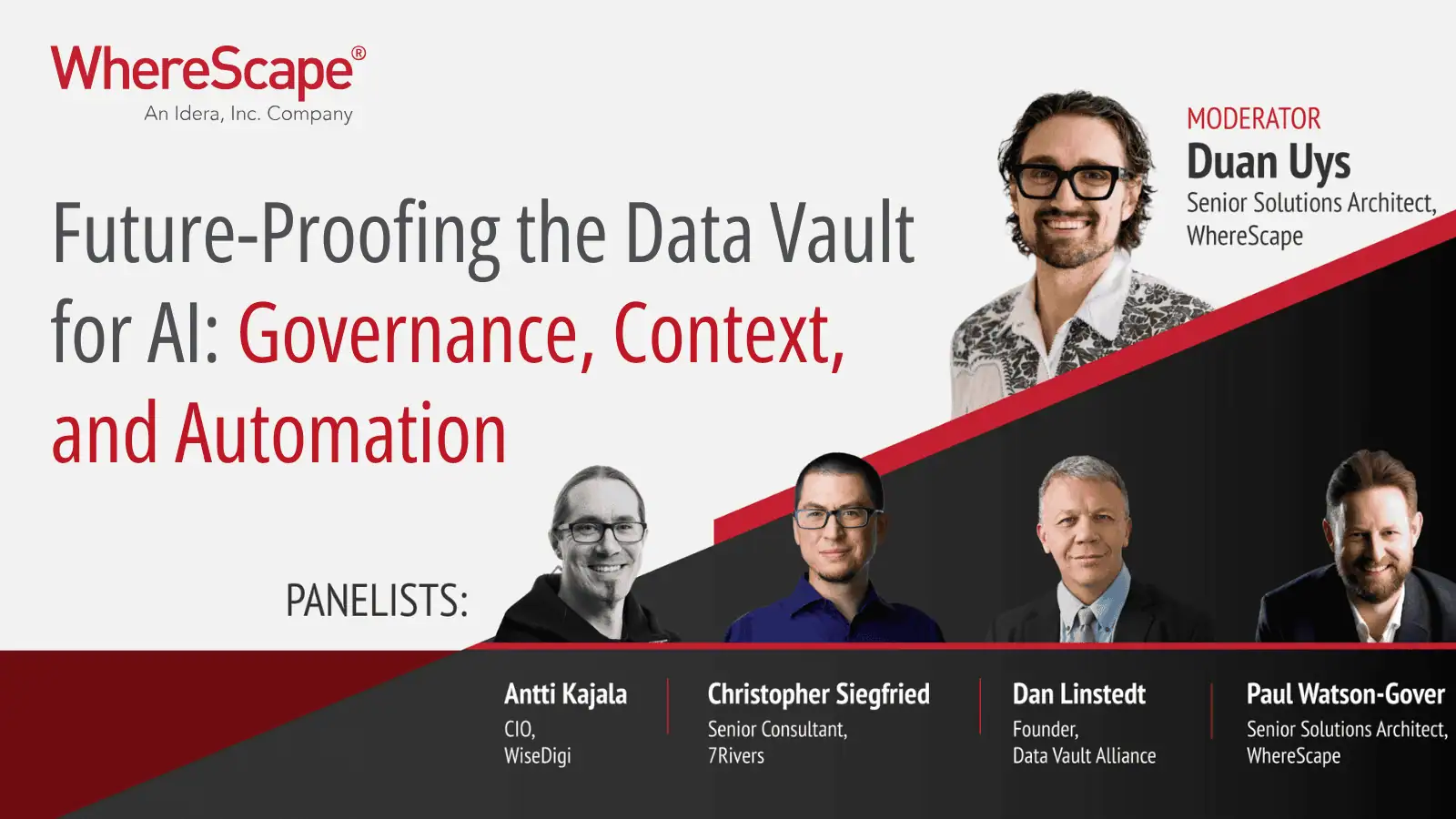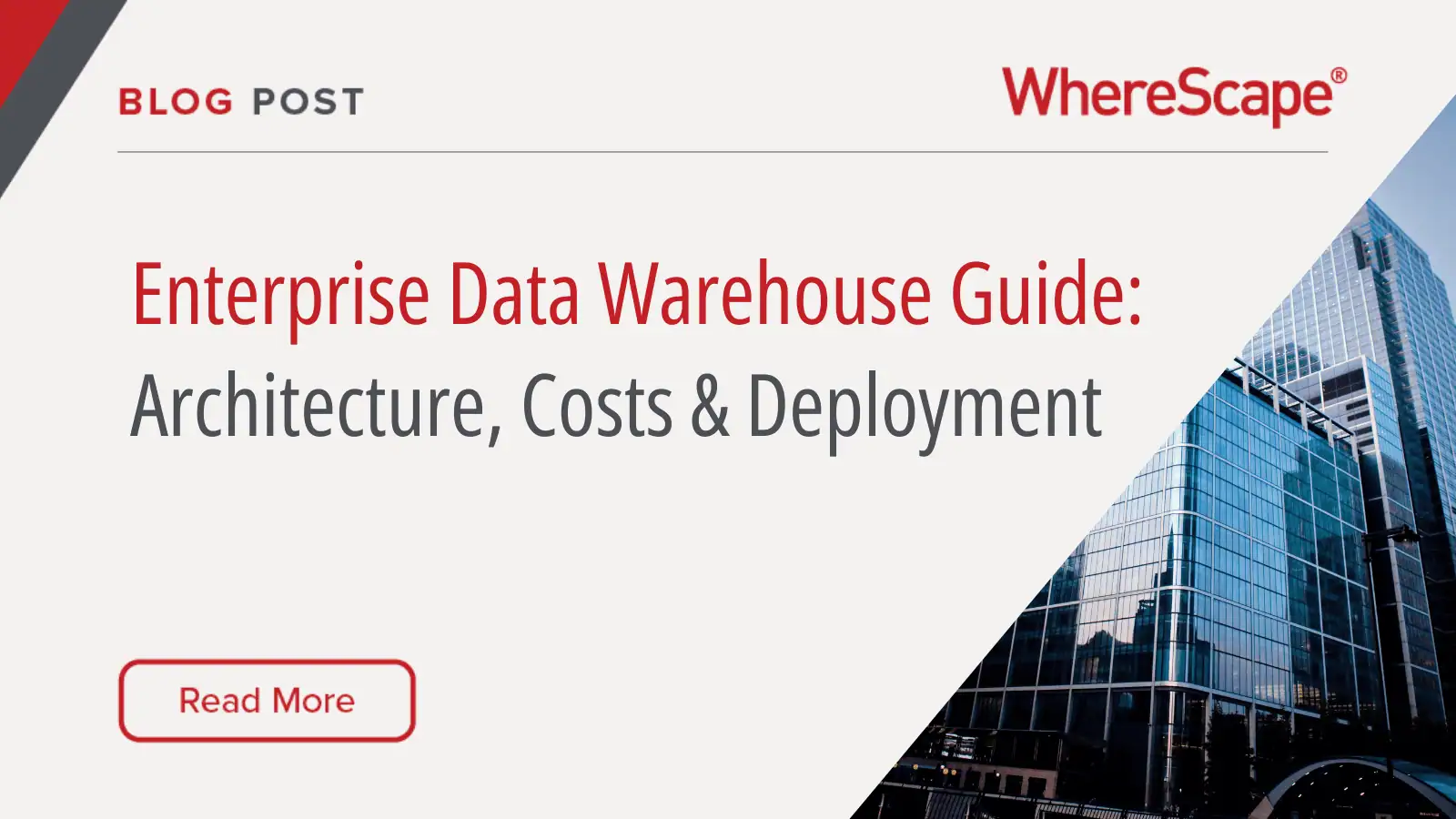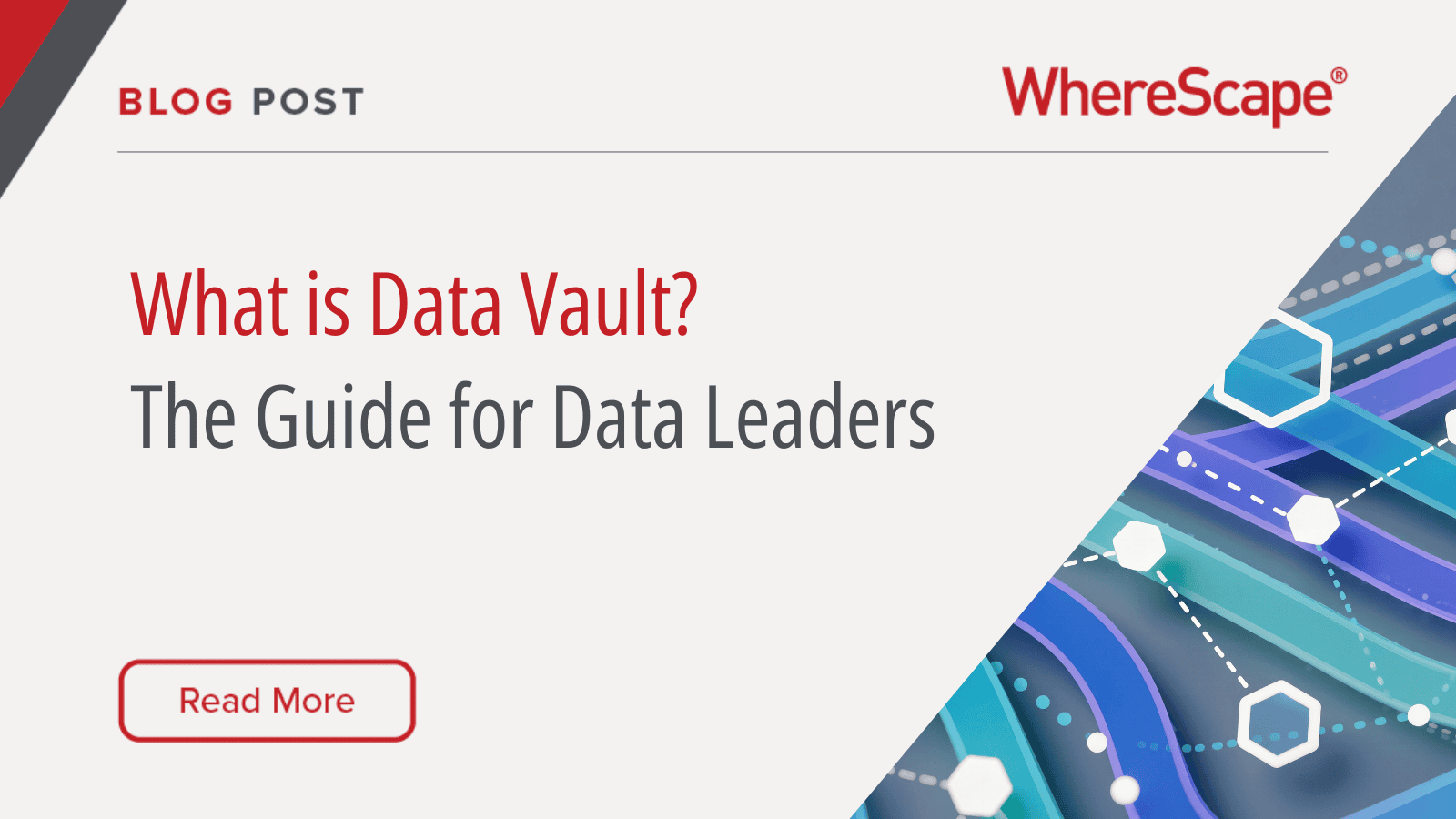Organizations arriving at Microsoft Fabric often share the same first impression: the platform brings the right ingredients together—OneLake for storage, Data Factory for movement, a lake-centric Fabric Warehouse for SQL performance, and governance that spans the estate.
The second impression can be more sobering: stitching those ingredients into a reliable Bronze → Silver → Gold (medallion) flow takes real work. It’s not a question of whether the pattern is sound (it is); it’s whether your team has the time and headspace to hand-craft pipelines, SQL, schedules, and documentation at the pace the business demands.
This is where a metadata-driven approach changes the tempo. Rather than authoring dozens (or hundreds) of near-duplicate pipelines and DDL scripts, you describe the intent once—sources, mappings, rules, targets—and let automation produce the moving parts that Fabric needs. In practice, that’s the difference between an admirable architecture on paper and a dependable system in production.
What “Medallion” looks like on Fabric
The medallion idea is simple, but its value comes from discipline. Bronze is your fast landing zone in OneLake—raw, faithful to the source, and easy to reload. Silver standardizes: types are corrected, keys are aligned, and change logic (SCD/CDC) is applied so downstream consumers can trust relationships. Gold is where you publish curated models for analytics—dimensional stars for ease of use, or Data Vault 2.0 when auditability and adaptability take center stage. Fabric’s lakehouse foundation means Warehouse tables sit over Delta files in OneLake, so engines operate on a single copy without brittle copies or exports.
Why hand-building slows teams down
Left to manual effort, even well-designed Fabric projects accumulate friction:
- Repeating similar Data Factory patterns across many sources.
- Re-implementing SCD2, CDC, and conformance rules in slightly different ways.
- Coordinating Warehouse DDL, dependencies, and load order by hand.
- Keeping lineage, impact analysis, and documentation aligned with every change.
Multiply that by dozens of tables and multiple domains, and your roadmap starts to slip.
WhereScape’s role: design the “what,” generate the “how”
WhereScape treats your Bronze/Silver/Gold design as metadata, then generates the Fabric assets to execute it—pipelines, Warehouse DDL, ELT SQL, and orchestration. Teams commonly see up to 95% less manual coding, not because corners are cut but because repeatable work is templatized. When the business asks for a new column or a new source, you change the metadata; WhereScape propagates the update consistently and redeploys.
Bronze: land fast, land consistently
The Bronze layer is about throughput and repeatability. With WhereScape you can bulk-register sources, apply incrementality rules, and have Data Factory pipelines (including Fast Copy patterns) produced for you. Schedules and dependency chains come from the same metadata, so you don’t juggle cron entries or ad-hoc triggers. The result is a landing zone that scales with new sources without ballooning engineering effort.
Silver: refine with proven patterns
Silver is where reliability is earned. Deduplication, type conversion, conformance to reference data, and SCD/CDC are encoded as templates, so they behave the same way across domains. WhereScape pushes ELT down into Fabric Warehouse over Delta in OneLake, orders jobs so Silver waits for Bronze, and bakes in retries and alerting. You get predictable run behavior without having to develop everything from scratch.
Gold: publish the right model for the job
Gold is a choice, not a compromise. If your analytics teams prefer dimensional models, WhereScape generates facts/dimensions with surrogate keys, relationships, and load logic that’s easy for downstream tools to consume. If your context favors Data Vault 2.0, WhereScape produces hubs, links, satellites (with hash keys) and optional PIT/bridge tables—again from metadata—so you gain agility and auditability without painstaking hand-assembly. Either way, the outputs are Warehouse objects over OneLake, ready for consumption (e.g., semantic models), without turning the BI tier into a transformation engine. With WhereScape you can rapidly develop and deploy this gold layer. Create prototypes and make modifications for your data analysts in minutes.
Orchestration that matches your blueprint
Generating objects is only half of the story; running them in the right order, on the right cadence, is the other half. WhereScape derives job streams directly from your metadata—Bronze before Silver before Gold—so dependencies are explicit, recoverable, and observable. When requirements change, you update the model, not a web of loosely documented schedules.
Migration without the rewrite
Many Fabric journeys begin with an existing SQL Server/Oracle warehouse. WhereScape can reverse-engineer those schemas into metadata, bulk-land them to Bronze, and then materialize Silver/Gold in Fabric Warehouse. That keeps risk low: you move in phases, validate along the way, and bring documentation/lineage forward as part of the same automated deployment cycle.
Governance stays in lockstep
Fabric provides unified governance; WhereScape helps you keep pace. Because jobs, mappings, and models are metadata-driven, documentation, lineage, and impact analysis are generated as you build. When structures change, the docs change with them. Data stewards get traceability without chasing down ad-hoc scripts; engineers don’t maintain separate “project bibles.”
Scaling across domains (without chaos)
As more teams adopt Fabric, decentralization becomes a strength—if standards hold. WhereScape lets each domain own its metadata and release cadence while enforcing shared conventions for naming, keys, and load behavior. That’s how you get Data Mesh-style autonomy on top of a common lakehouse, rather than a patchwork of one-off builds.
The takeaway
The medallion architecture is the right north star for Fabric. The challenge has always been the grind between a clean diagram and a production-ready system. WhereScape removes the grind. By moving the work into metadata and generation, you stand up Bronze/Silver/Gold quickly, change it safely, and operate it confidently. Fabric supplies the unified platform; WhereScape supplies the repeatable path from source to report—so your team spends less time stitching and more time delivering. If you have questions about to separate gold from the rest, when it comes Microsoft Fabric, get in touch.
About the Author
Patrick O’Halloran is a Senior Solutions Architect at WhereScape with over two decades of experience in data warehousing and analytics. He works with global organizations to implement automated data infrastructure using WhereScape RED and 3D, helping teams scale their data operations efficiently and reliably.




